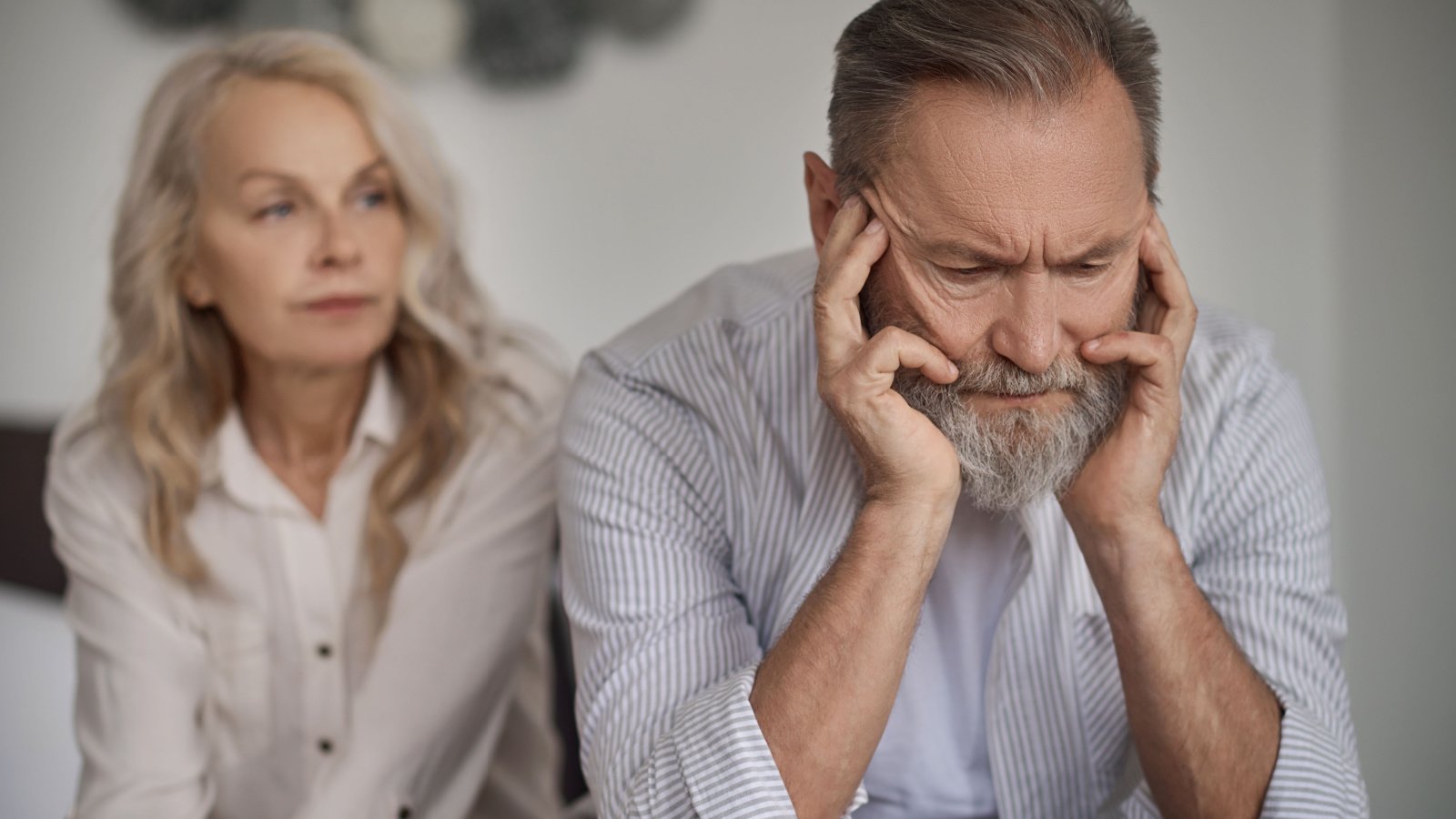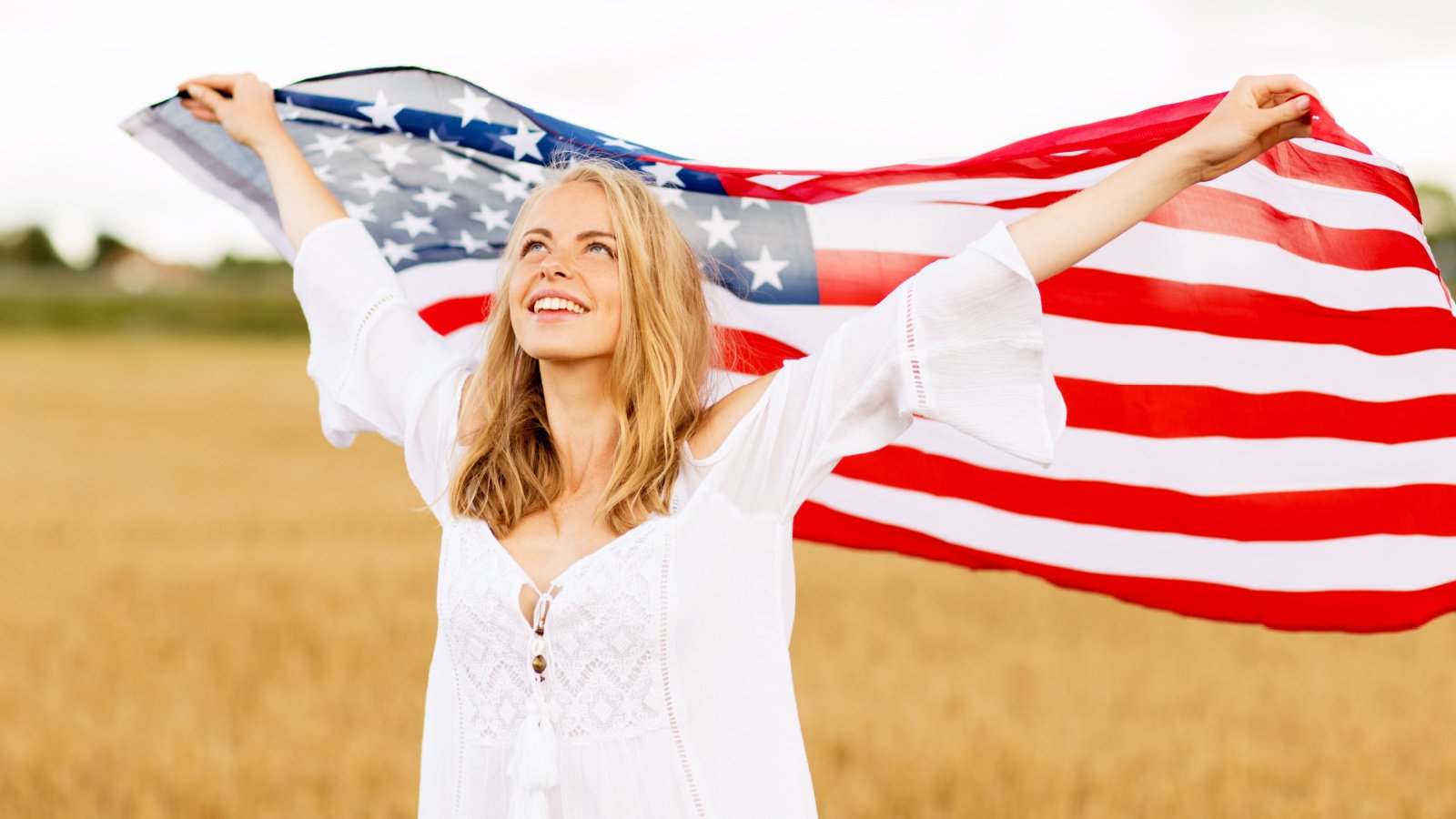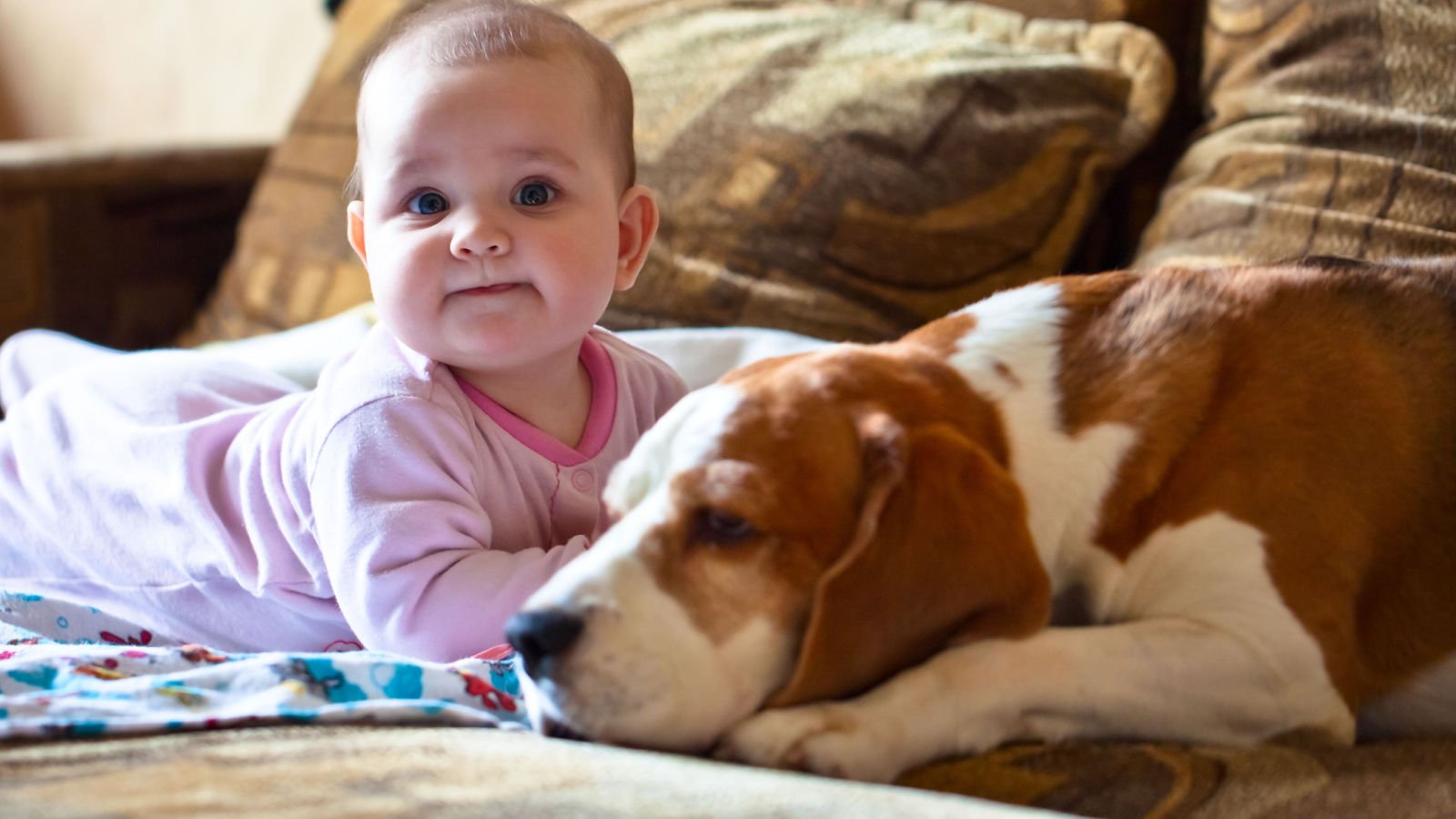As we age, our preferences inevitably change, sometimes in ways we never expected. What once thrilled us can become tedious, and what we once avoided may become our solace. This evolution in taste can surprise us, revealing new layers to our personality and lifestyle as we mature.
Loud Places

As we age, our tolerance for loud environments, such as crowded bars or concerts, tends to wane. The overwhelming noise can become more of an irritation than an amusement. Many find themselves preferring quieter settings where conversation is possible without shouting.
Overcrowded Spaces
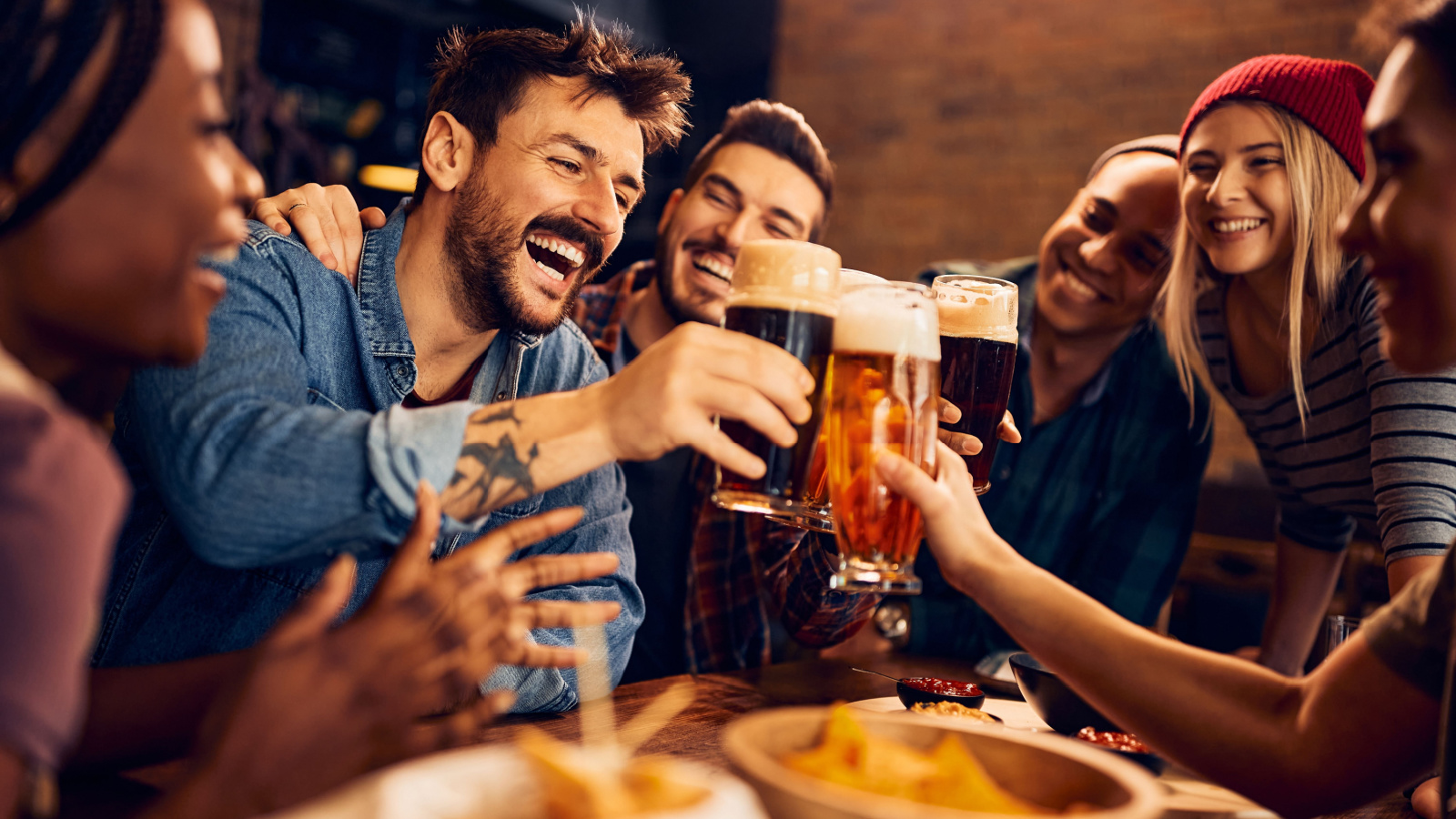
Crowded shopping malls or busy streets that once felt exhilarating can start to feel suffocating in later years. The hustle and bustle are less enchanting when comfort and personal space become priorities. A peaceful environment often becomes more appealing than a chaotic one.
Late Nights

Staying up late loses its appeal as maintaining a regular sleep schedule becomes more critical for health. The allure of late-night parties or movie marathons fades when a good night’s sleep supports better mental and physical health. Many begin to cherish early nights and the refreshed feeling they bring.
Fast Food
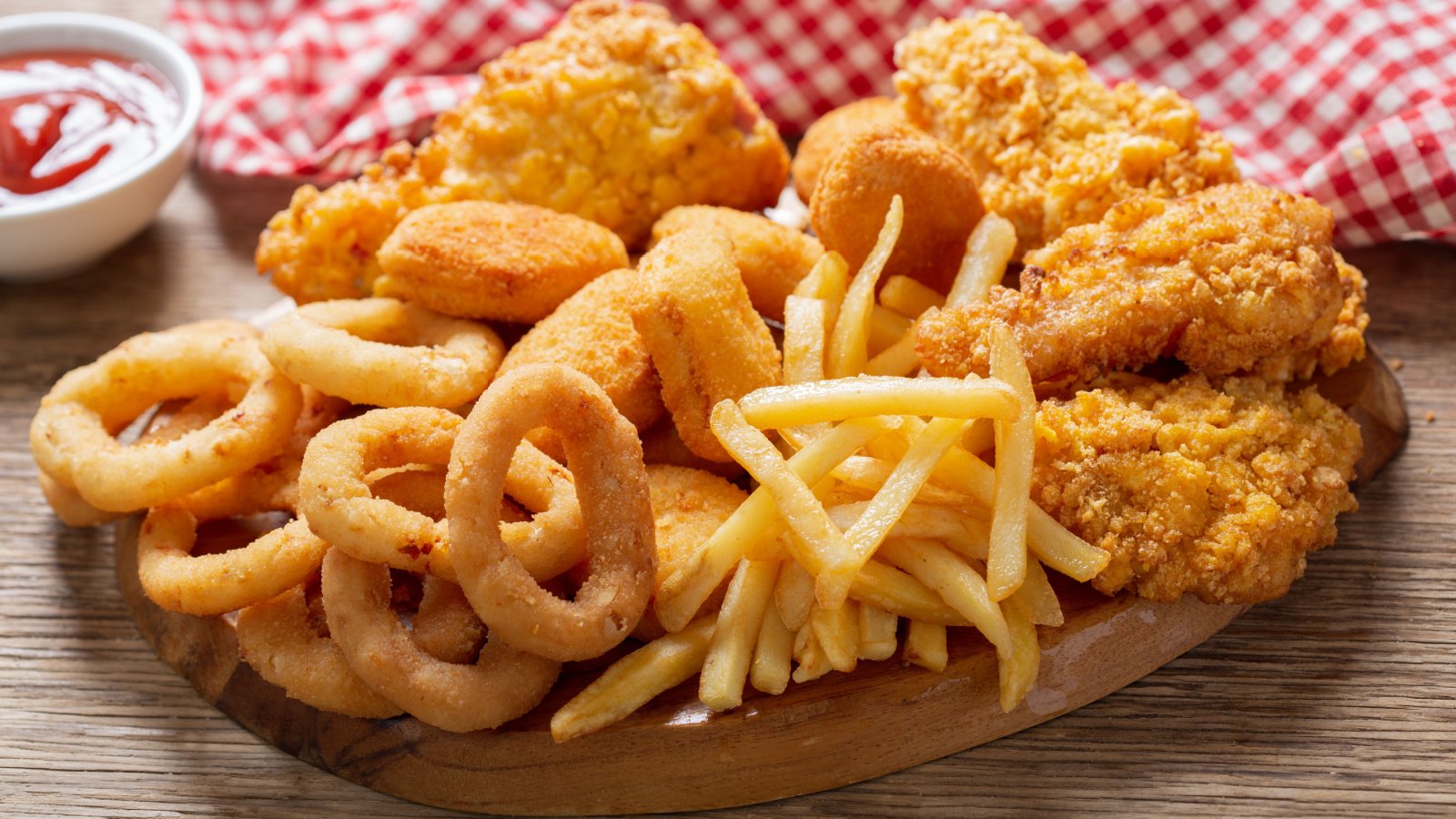
The convenience of fast food is outweighed by its health implications as we get older. What was once a quick and tasty option becomes less attractive in light of digestive health and nutritional needs. A home-cooked meal grows in appeal, offering both nourishment and comfort.
Negativity

Patience for negativity and drama diminishes with age. Older adults often prefer to surround themselves with positivity and meaningful relationships. There’s a greater appreciation for peace of mind and less tolerance for needless stress.
Risky Behavior

The thrill of risky activities like extreme sports or impulsive decisions fades as wisdom and a desire for safety take precedence. The consequences of such risks weigh heavier than the fleeting adrenaline rush. Stability becomes more valued than spontaneity.
Trendy Fashion
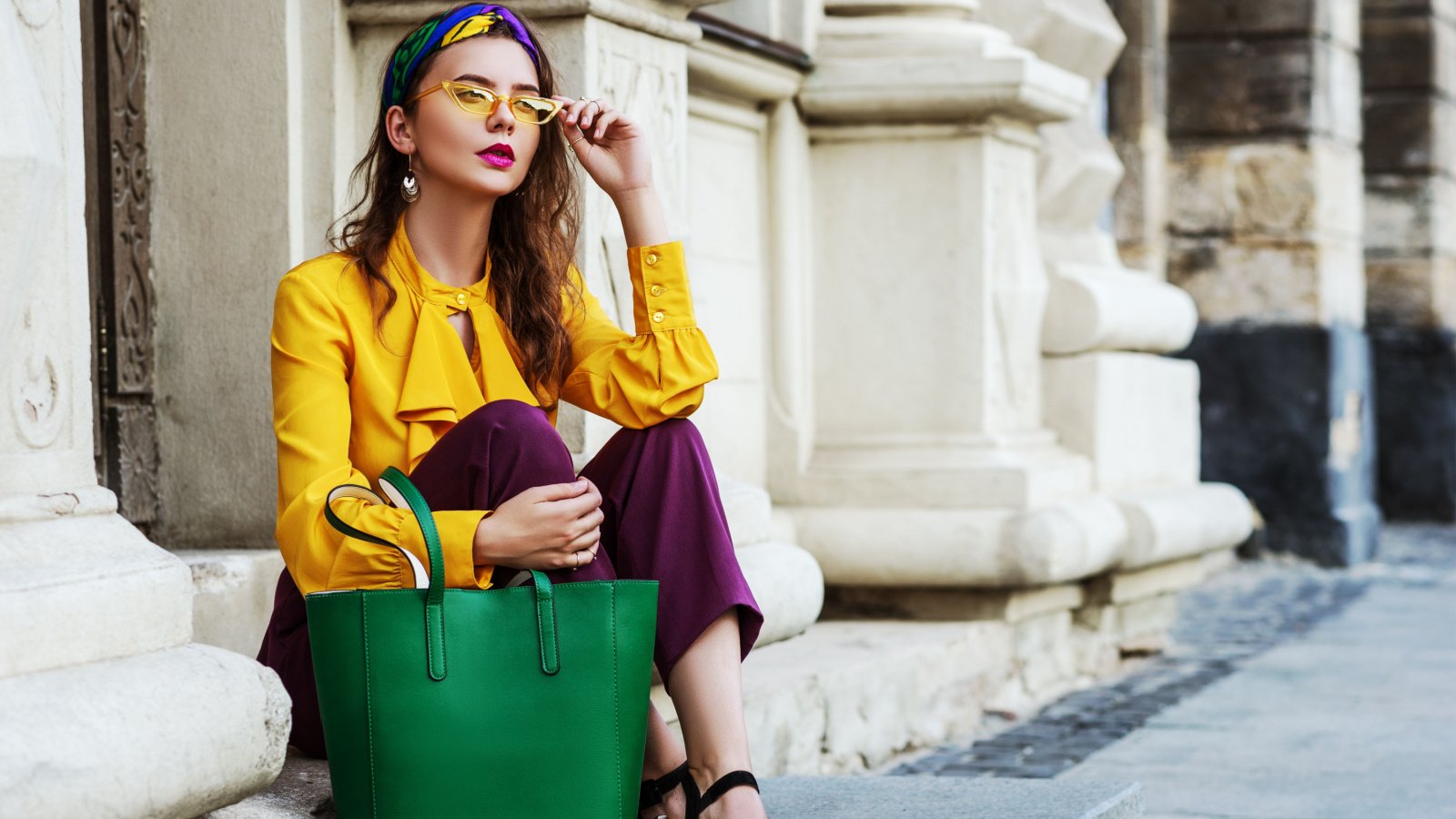
Fashion trends aimed at younger audiences lose their appeal as personal style stabilizes and comfort becomes key. The desire to chase the latest styles gives way to the appreciation of classic, timeless pieces that promise comfort and durability. This shift reflects a deeper confidence in one’s established sense of style.
Technology Overload

While technology continues to advance, the constant influx of new gadgets can become overwhelming. Keeping up with the latest tech trends feels less important than simplicity and functionality. Many older adults prefer to stick with technology that is familiar and easy to use.
Social Media

The charm of social media can diminish with age, as the platforms often cater to younger users and emphasize rapid, superficial interactions. The time spent navigating social feeds seems less rewarding, and the value of face-to-face interaction becomes clearer. A direct phone call or meeting becomes more appreciated than a ‘like’ or a ‘follow.’
Synthetic Materials

A preference for natural materials in clothing and home furnishings often replaces the acceptance of synthetics. As awareness of comfort and quality increases, so does the preference for goods made from organic and sustainable materials. These items are not only better for the environment but also generally healthier for personal use.
Commuting

The daily commute can become a significant source of frustration as patience for traffic jams and public transport delays decreases. The value of time becomes paramount, and many seek ways to minimize or make commuting more pleasant. If possible, telecommuting becomes a highly attractive option.
Complex Gadgets

Complex gadgets with steep learning curves are less enticing as simpler, more intuitive solutions are preferred. Ease of use becomes a top priority in technology and tools, reflecting a desire for efficiency and straightforwardness. This shift often leads to a decluttering of unused or overly complicated items.
Multitasking
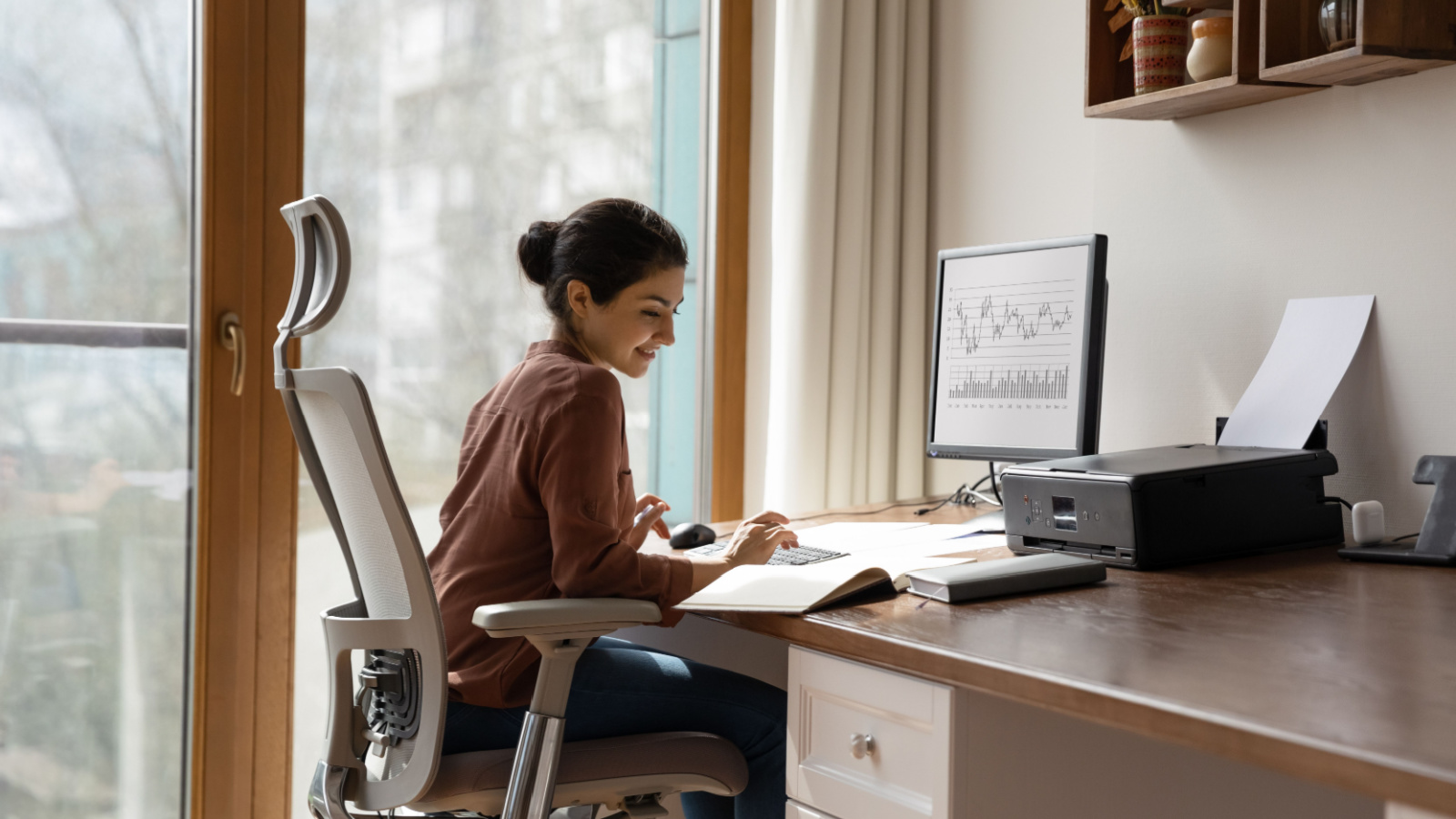
The ability to multitask often declines, and with it, the desire to do so. Focusing on one task at a time becomes more productive and less stressful. This change in capability is embraced rather than mourned, as quality often trumps quantity in results.
Wastefulness
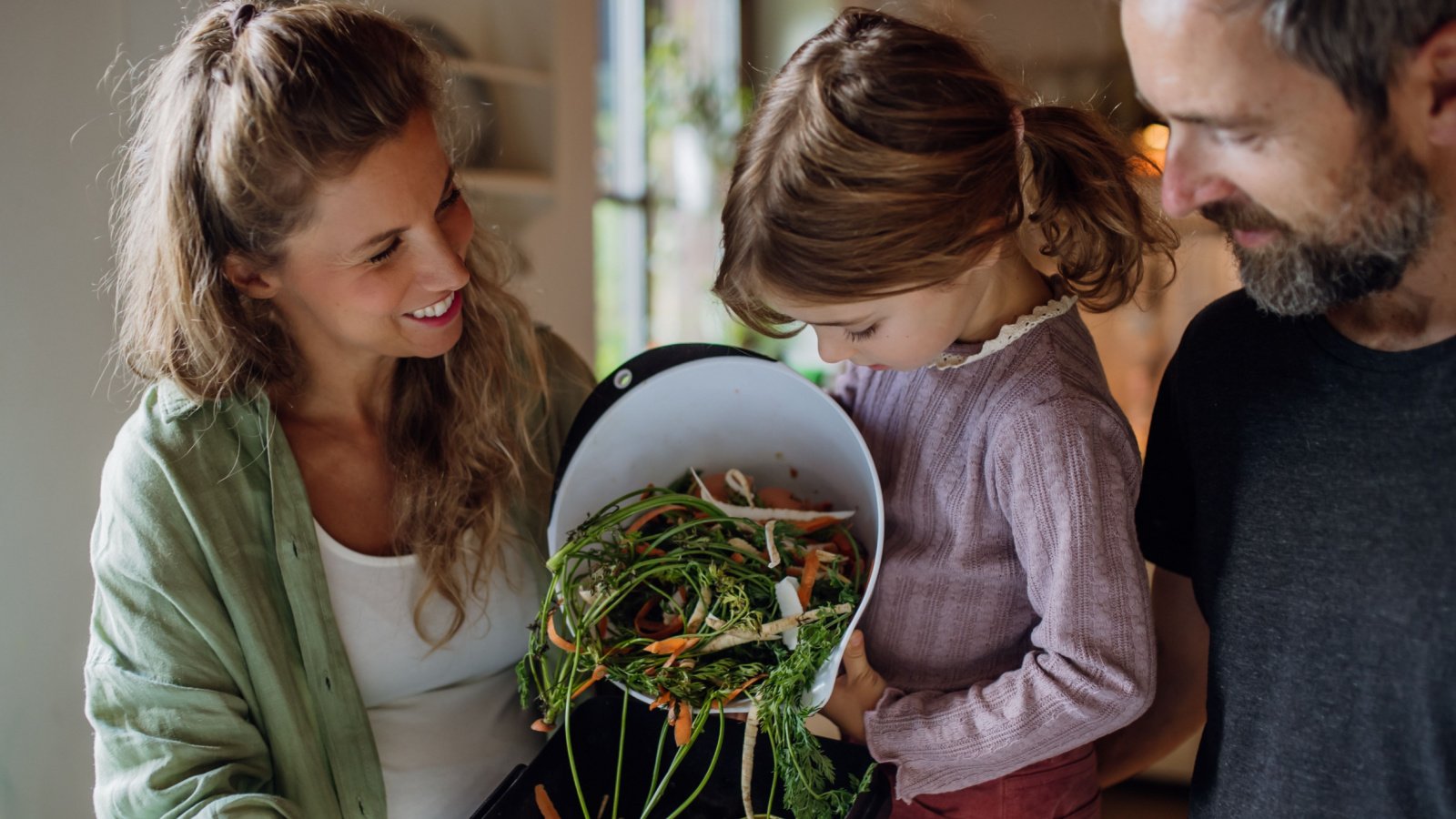
A greater awareness of one’s impact on the environment leads to an increased disdain for wastefulness. Practices such as excessive water use, energy waste, or unnecessary packaging become frustrating. Many seek to adopt a more sustainable lifestyle, appreciating resources that are conserved rather than squandered.
Impulse Buying
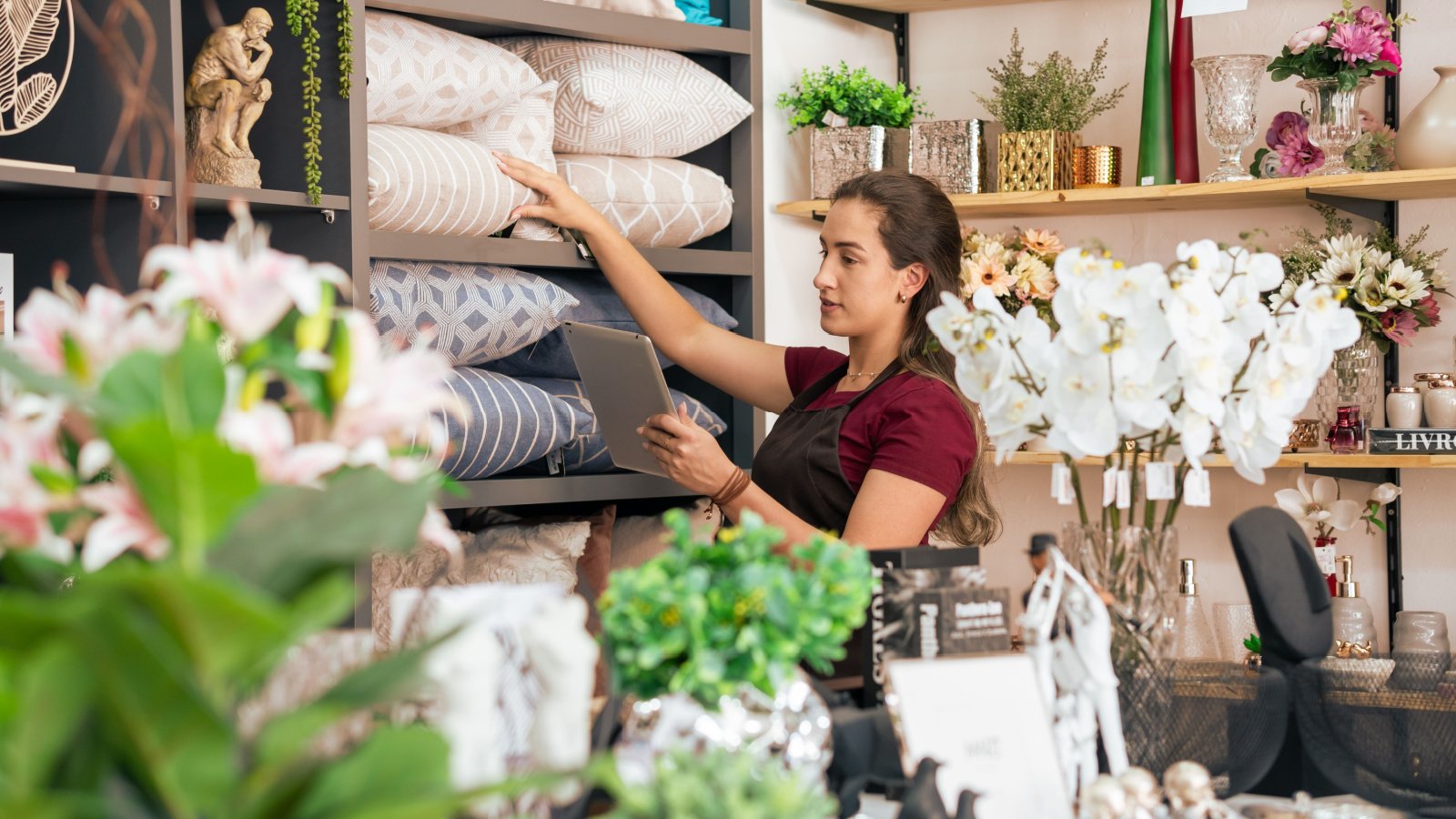
The appeal of impulse buying diminishes as financial prudence grows. The satisfaction derived from thoughtful purchases that truly meet needs or bring joy lasts far longer than the fleeting thrill of an unplanned buy. Budgeting and planning purchases become part of a careful strategy to manage finances.
Inauthenticity

Tolerance for inauthentic behavior and superficial relationships decreases. Genuine connections based on mutual respect and shared values become paramount. There’s a stronger focus on cultivating relationships that are sincere and rewarding.
Long Wait Times

Patience for long wait times, whether in lines or during phone calls, dwindles. Efficient service becomes more important, and experiences that waste time are increasingly frustrating. Many prefer businesses and services that respect customer time.
Heavy Makeup
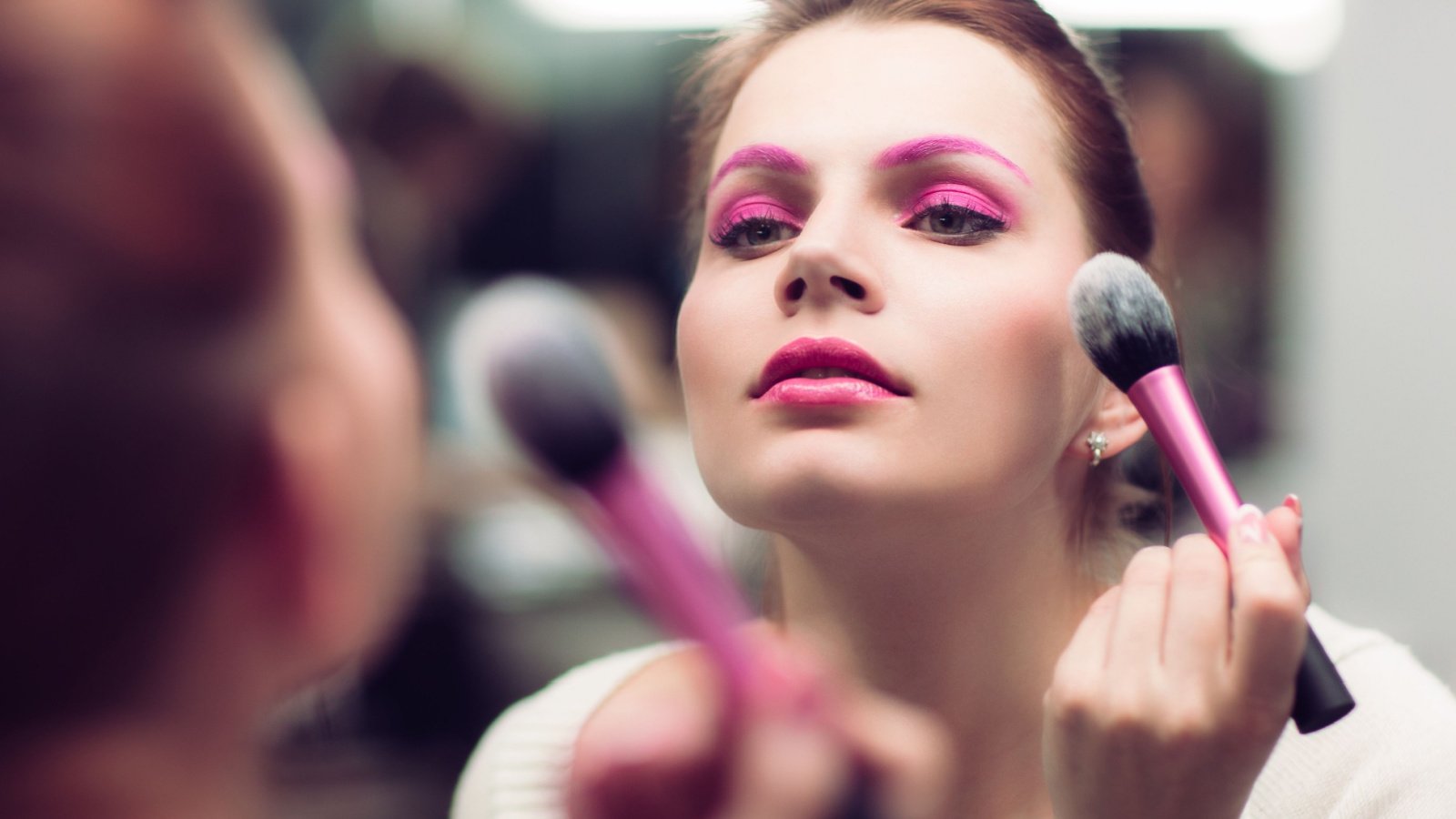
The preference often shifts towards lighter, more natural makeup as the years pass. The heavy, bold makeup trends popular among younger people give way to a more understated approach. This change underscores a broader acceptance of natural aging and an appreciation for authenticity.
Sensational News

An aversion to sensational news and media grows as desires for factual, unbiased information prevail. The drama of sensationalized content loses its grip, and credibility becomes the key criterion for news sources. Many turn to trusted sources that prioritize accuracy over entertainment.
Excessive Decoration

Preferences in home decor shift towards minimalism and functionality, moving away from excessive or purely decorative items. A clean, organized space becomes more valuable than one filled with knick-knacks. This change reflects a broader desire for simplicity and order.
Non-Ergonomic Furniture

As physical comfort becomes more crucial, non-ergonomic furniture becomes less desirable. Chairs, desks, and couches that support good posture and comfort are sought after, replacing stylish but uncomfortable options. This shift is often part of a broader effort to maintain health and wellness.
Strong Perfumes
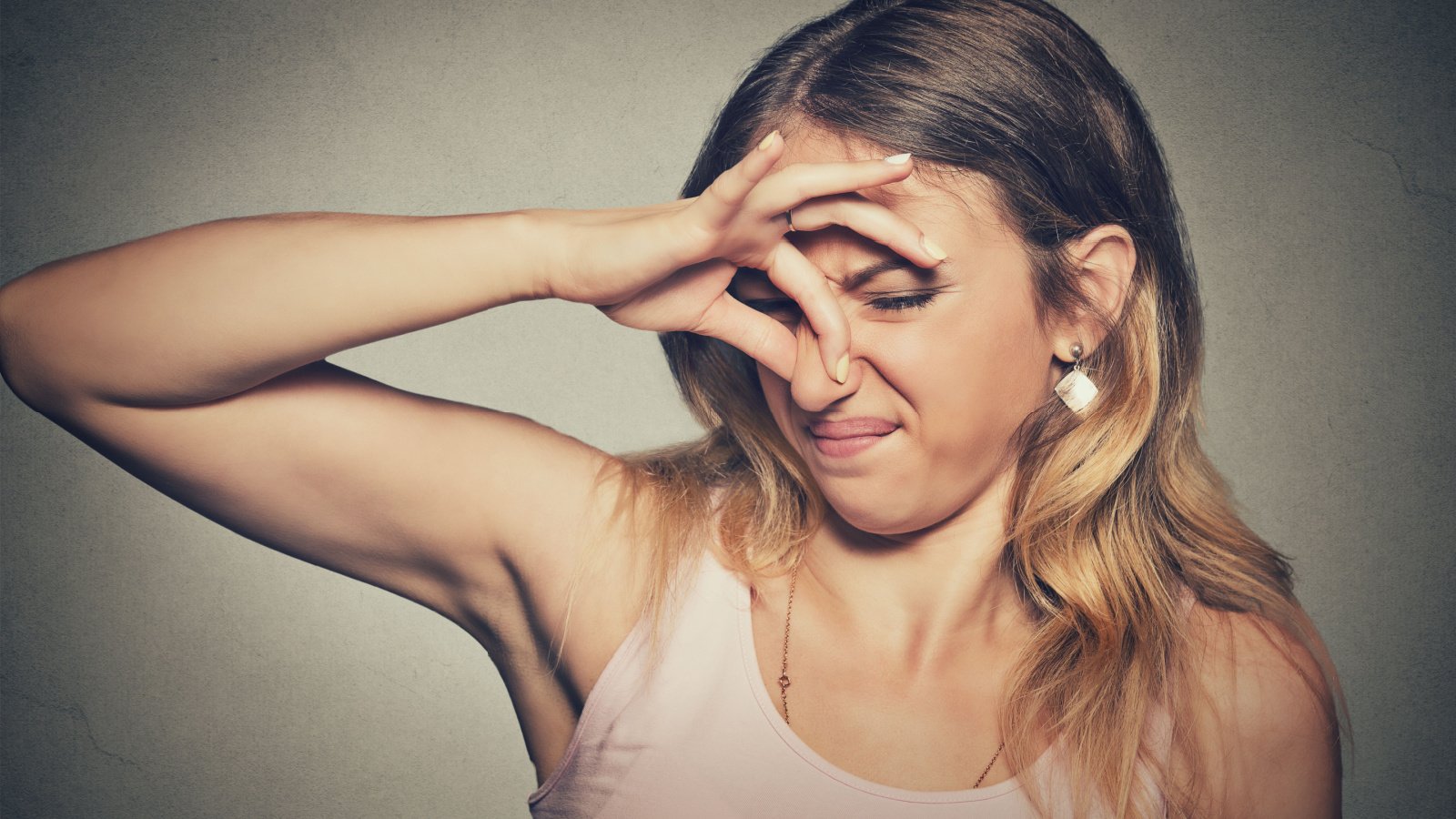
Sensitivity to strong perfumes and scents increases, and a preference for milder, subtler fragrances emerges. Overpowering scents are replaced by lighter, cleaner aromas that do not overwhelm the senses. This change enhances comfort and reflects a refined taste in personal care.
Formal Attire

The obligation to wear formal attire for every social outing loses its appeal, as comfort increasingly dictates clothing choices. Casual, yet smart attire becomes the norm for gatherings where once formal wear was mandatory. This shift allows for greater ease and enjoyment in social settings.



